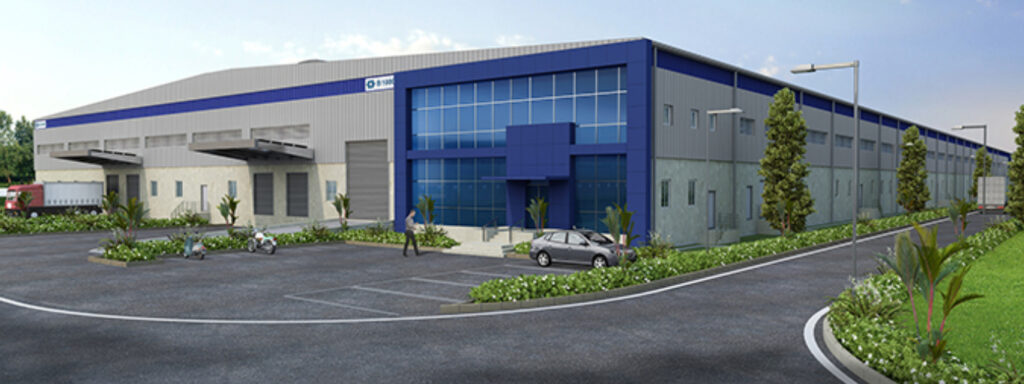When people think of real estate, they often picture homes and apartments. However, the world of real estate extends far beyond houses. Non-residential property refers to spaces not designed for people to live in but rather to serve business, public, or industrial needs. These properties play a critical role in the economy by housing businesses, providing public services, or serving as centers for manufacturing and logistics. Understanding the different categories within this sector helps investors and developers make informed decisions.
Commercial Spaces for Business Use
One of the most common types of non-residential properties is commercial real estate. This includes office buildings, retail stores, shopping centers, and restaurants. These spaces are typically located in urban or high-traffic areas, where visibility and accessibility are key to business success. Commercial properties vary in size and function, from small shops to multi-story office towers. Investors often find this property type attractive due to rental income potential and relatively stable demand from businesses.
Industrial Properties for Production and Storage

Industrial real estate covers properties used for manufacturing, warehousing, distribution, and research. These spaces are usually located on the outskirts of cities, offering large open areas for machinery, goods, and logistics operations. Industrial buildings include factories, cold storage facilities, data centers, and distribution hubs. These properties tend to have fewer aesthetic concerns but must meet specific standards related to safety and zoning. The rise of e-commerce has significantly increased demand for warehouses and distribution centers.
Institutional and Public Service Buildings
Another key category includes properties used for institutional or public services. These include schools, hospitals, police stations, libraries, and government offices. While not always privately owned or leased, these buildings still fall under the broader umbrella of non-residential property types. Their design is often tailored to specific uses and community needs, requiring adherence to strict building codes. These properties are essential for social infrastructure and contribute to the public good rather than direct financial profit.
Special-Purpose and Mixed-Use Developments
Special-purpose properties serve very specific functions and include places like airports, sports arenas, amusement parks, and religious institutions. These are typically custom-built and not easily repurposed for other uses. In contrast, mixed-use developments combine residential, commercial, and sometimes even industrial elements in a single project. These modern developments aim to create a self-contained ecosystem where people can live, work, and shop without leaving the area. While not fully categorized under non-residential property types, the non-residential portions of these developments are crucial to their design and function.
